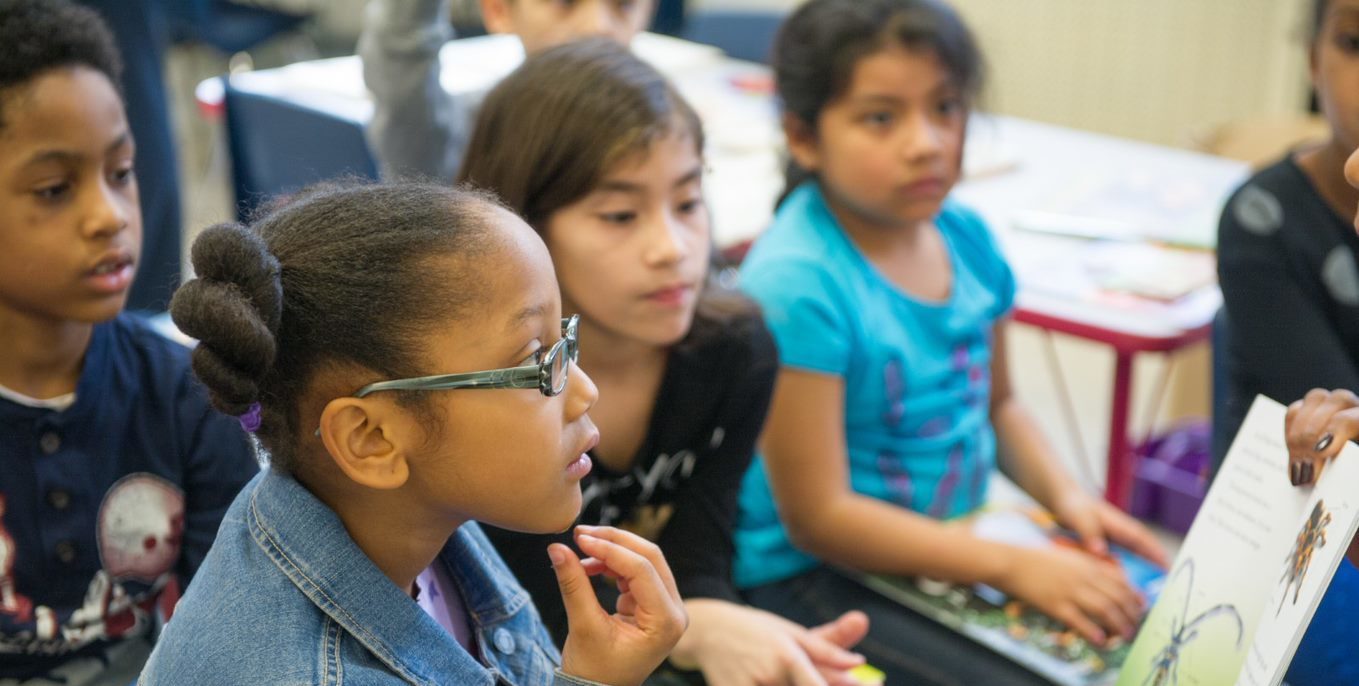
What is unconscious bias? And how can educators fight it?
The truth is, we all have unconscious bias.
But what is “unconscious bias”? This is what happens when we allow our own attitudes, feelings, stereotypes, or beliefs impact our judgment or understanding of other people. It’s called “unconscious” because it is not something we do deliberately; rather, it is an involuntary process based on our deep-seated thoughts.
Most educators are interested in understanding and becoming more aware of their unconscious biases and how they relate to the children they serve.
In fact, in a survey of 648 First Book community educators, 97% responded they are interested in understanding and becoming aware of their own biases in terms of how they relate to their work with children.
Why should educators explore bias?
Amanda is a Title I Coordinator and fantastic First Book member in Maryland. Hear from her perspective why exploring one’s unconscious bias is a very worthwhile journey for her and for fellow educators.
Although our biases may be unintentional, they strongly influence how we see the world around us and may be impacting the students we serve. As part of our on-going partnership, First Book and the Maryland State Education Association (MSEA) are working to support educators in addressing inequity, combating bias, and fostering cultural competence. We are exploring unconscious bias because of the profound impact it has on student educational outcomes and the ability to engage families in our increasingly diverse society.
Where do educators start?
According to our survey of 670 First Book community educators, only 16% agree that they have the resources they need to combat bias in their classroom.
Exploring one’s unconscious bias is a very personal journey, so we have created an Educator Self-Assessment to help you begin. This exclusive free, research-based guide will help you become more aware of your biases and how they influence your actions and reactions to the students, families, and others around you.
